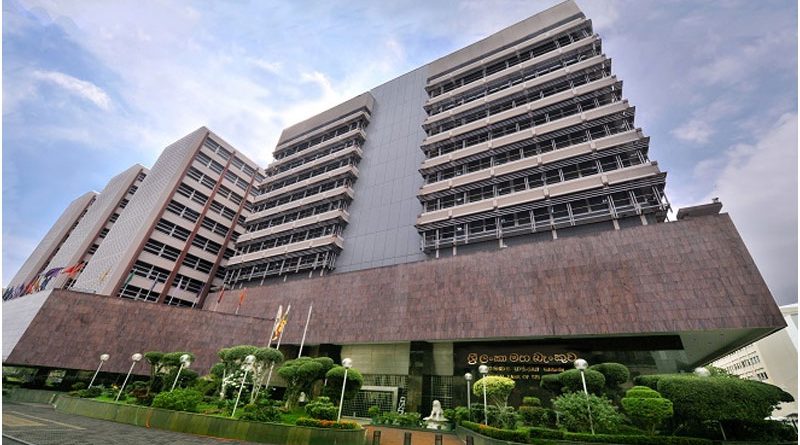Several new asset classes categorised to support liquidity positions of banks
The Central Bank (CB) has categorised several new assets held by the banking sector as liquid assets, in considering the potential adverse impact on the liquidity position of licensed commercial banks and licensed specialised banks from the COVID-19 pandemic-induced economic slowdown.
Accordingly, the CB is now considering several new assets of the banking sector, including certain arrears and state-guaranteed short-term debt instruments of state-owned enterprises, as liquid assets, for the purpose of computation of the Statutory Liquid Assets Ratio (SLAR), until June 30, next year.
The relevant directive was issued by Central Bank Governor Prof. W.D. Lakshman, on Tuesday.
The Banking Act empowers the Monetary Board of the CB to determine the SLAR for the banking sector, within the range of 20-40 percent.
Currently, the banks operating in Sri Lanka are required to maintain a minimum 20 percent of statutory liquidity assets of their liabilities, excluding capital funds.
Further, the act also permits the Monetary Board to determine whether such other assets could be considered as liquid assets.
According to the directive, the interest subsidy payment on the senior citizen special deposit scheme and certain exposures to state-owned entities guaranteed by the government and classified in stage one under SLFRS 9 (financial instruments for financial reporting purposes with maturity not exceeding one year with hair-cut of 10 percent), are now considered in computation of the SLAR.
Further, certain fixed deposits held by the licensed banks in other banks, exceeding one year and up to a three-year maturity period, will also be considered as liquid assets.
Accordingly, such fixed deposits, which have up to a two-year maturity period with a hair-cut of 20 percent and fixed deposits up to a three-year maturity period with a hair-cut of 10 percent, would be eligible to be considered as liquid assets.
In addition, loans secured by deposits under lien equivalent to 20 percent of the deposits and receivables from the EPF in settlement of loans, are included in the relaxed liquid asset classification for the sector. Sri Lanka’s banking sector currently maintains an SLAR above the required regulatory requirement of 20 percent. The licensed commercial banks maintain an SLAR of 27.8 percent and National Savings Bank (NSB), which is classified as a licensed specialised bank, maintains an SLAR of 60.2 percent, due to the specific regulatory requirement on the bank to maintain 60 percent of its deposits in government securities.
However, Fitch Ratings last month cautioned that the liquidity positions of the banks could fall due to the non-repayment of loans and possible deposit outflow. Therefore, it predicted on a possible relaxation of the liquidity coverage ratio by the CB. The banks are required to maintain 100 percent coverage on both local and all currency ratios from 2019 onwards, under the Basel III liquidity standards.
The CB was expected to release a minimum of Rs.50 to Rs.60 billion as extra liquidity to the banking sector through the Statutory Reserve Ratio (RSS), on March 16, by 100 basis points, to 4 percent.
The rating agency on March 26 revised Sri Lanka’s banking sector outlook to Negative, from Stable, for 2020 and said it would start assessing the impact on each bank under its rating watch shortly.

